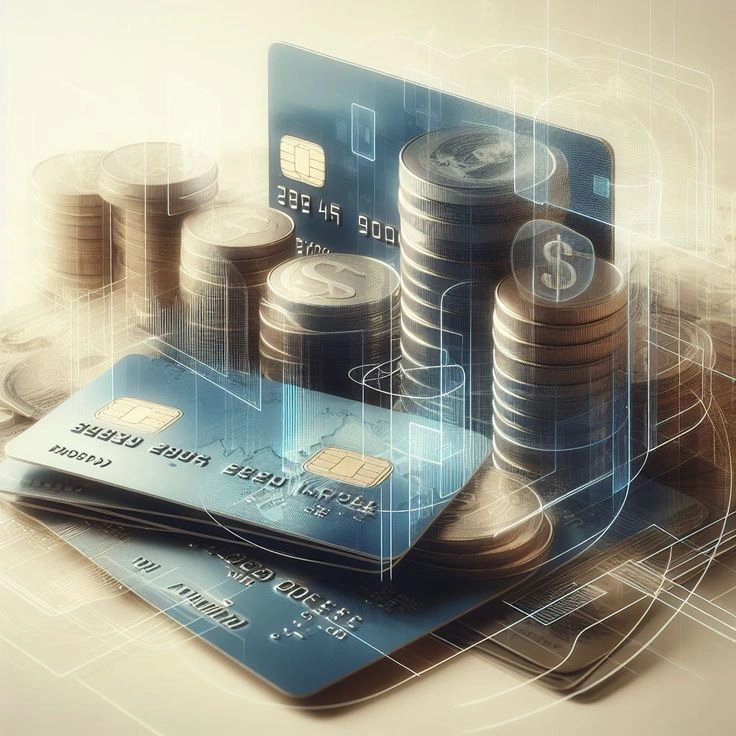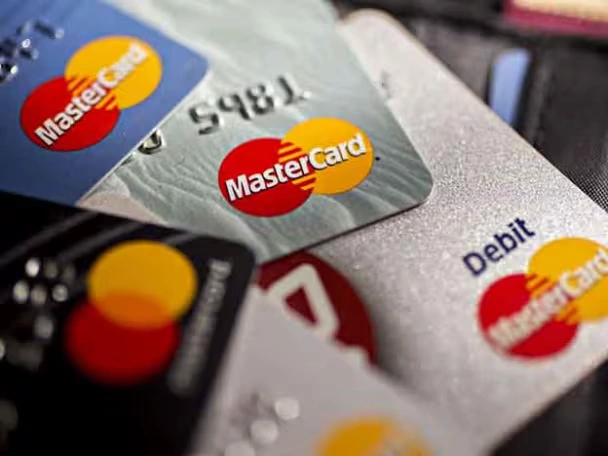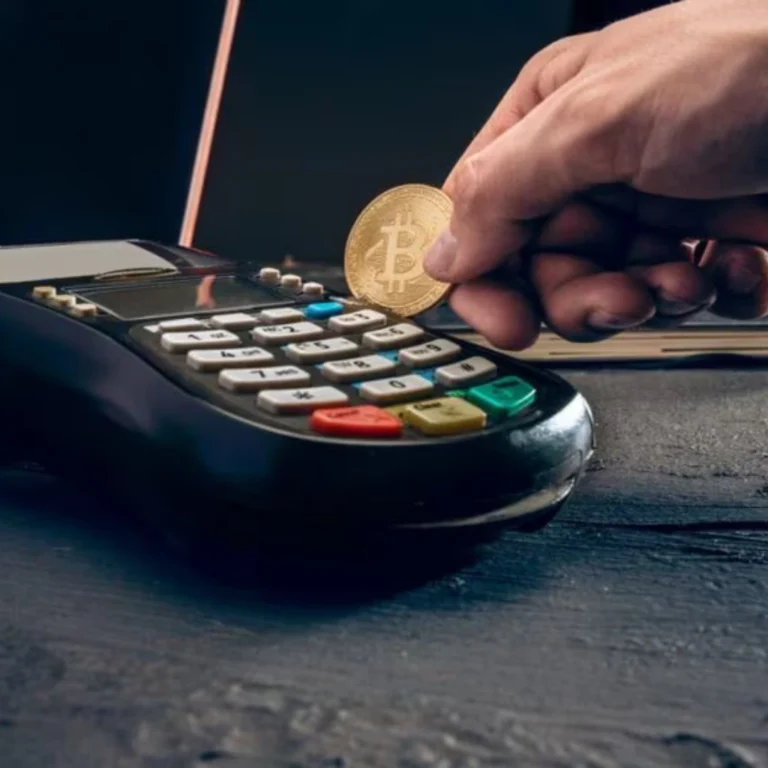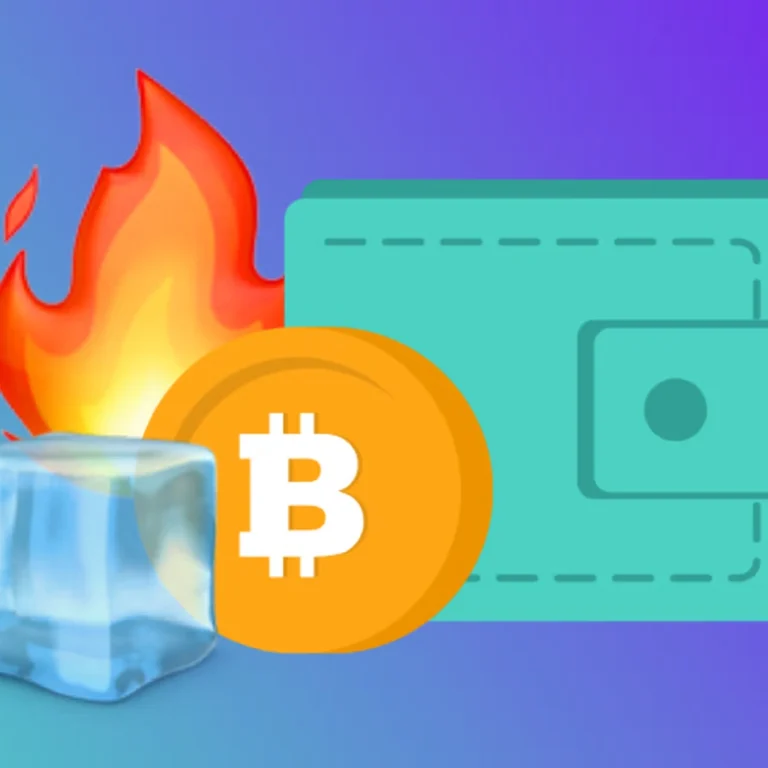Introduction: Why Reconsider Cashing Out?
Spend Crypto Without Withdrawal: As cryptocurrency adoption grows, so does the need for practical ways to use digital assets beyond traditional trading. While many holders still rely on converting crypto to fiat currency when they need to spend it, that’s no longer the only—or even the most efficient—option.
There are now multiple ways to spend crypto without withdrawal, offering users more flexibility, fewer fees, and a streamlined experience that aligns with the decentralized nature of digital currencies.
This article explores how to do just that—turning your crypto into a usable form of payment without converting it manually.
Why Avoid Withdrawal?


Cashing out crypto typically involves:
- Conversion fees
- Bank transfer delays
- Potential tax implications
- Reduced privacy and increased oversight
It also undermines the core principles of decentralized finance (DeFi), which aims to give individuals direct control over their assets without relying on centralized institutions.
Instead of viewing crypto only as an investment, more people are starting to treat it as real money—which means finding better ways to spend it directly.
Practical Ways to Spend Crypto Without Withdrawal


1. Crypto Debit Cards
Several platforms now offer crypto-backed debit cards that allow you to spend your cryptocurrency at any location that accepts Visa or Mastercard. These cards convert your crypto to fiat at the time of purchase, but without requiring you to manually withdraw to your bank account.
Popular crypto cards include:
- Crypto.com Visa
- Coinbase Card
- BitPay Card
Benefits:
- Works at millions of merchants worldwide
- Easy to manage through apps
- Enables real-time spending without pre-conversion
2. Gift Cards & Digital Vouchers


You can also purchase digital gift cards directly with cryptocurrency. These can be used to shop at well-known retailers or for specific services.
Platforms offering this service:
- Bitrefill
- CoinGate
- Purse.io (for Amazon discounts)
Use cases include:
- Buying groceries
- Booking travel and accommodations
- Subscriptions and entertainment
This method requires no bank involvement and offers a convenient, private way to spend your crypto.
3. Peer-to-Peer (P2P) Payments and Invoicing
If you’re a freelancer, digital entrepreneur, or global remote worker, you can receive payments in crypto from clients using tools built for P2P transactions.
Trusted platforms:
- Request Finance
- NOWPayments
- BTCPay Server
Advantages:
- Faster payments across borders
- Lower transaction costs than traditional banks
- Enhanced control over finances
You can also use these platforms to pay collaborators, vendors, or service providers—completely in crypto.
The Real-World Use Case: Spend Crypto Without Withdrawal-Growing Global Adoption
Countries like Argentina, Nigeria, and parts of Southeast Asia are seeing everyday crypto use due to inflation, banking limits, and mobile-first populations. Digital nomads are also leveraging stablecoins like USDT or USDC to reduce volatility while using crypto for everyday expenses.
From rent payments to restaurant bills, more merchants and services are embracing cryptocurrency as a valid form of payment.
Considerations: Taxes and Regulation
While spending crypto without withdrawal simplifies many aspects, it’s important to stay aware of local tax laws. In many regions, each crypto transaction—even for a coffee—may be considered a taxable event.
Recommendations:
- Use tax-tracking platforms like Koinly or CoinTracker
- Favor stablecoins to minimize volatility and gain/loss events
- Monitor local regulatory updates regarding digital payments
Fortunately, more jurisdictions are starting to recognize crypto use cases and adapting tax frameworks to suit day-to-day usage.
Final Thoughts: Spend Crypto Without Withdrawal- Crypto as a Currency, Not Just an Asset
Cashing out shouldn’t be your only option when using crypto. Whether you’re buying lunch, paying rent, or funding a trip, tools and platforms now exist that allow you to spend crypto directly without converting it to fiat first.
It’s not just about convenience—it’s about aligning with the future of money, where digital assets are used as they were intended: to be spent, not just stored.
Relevant news: HERE






